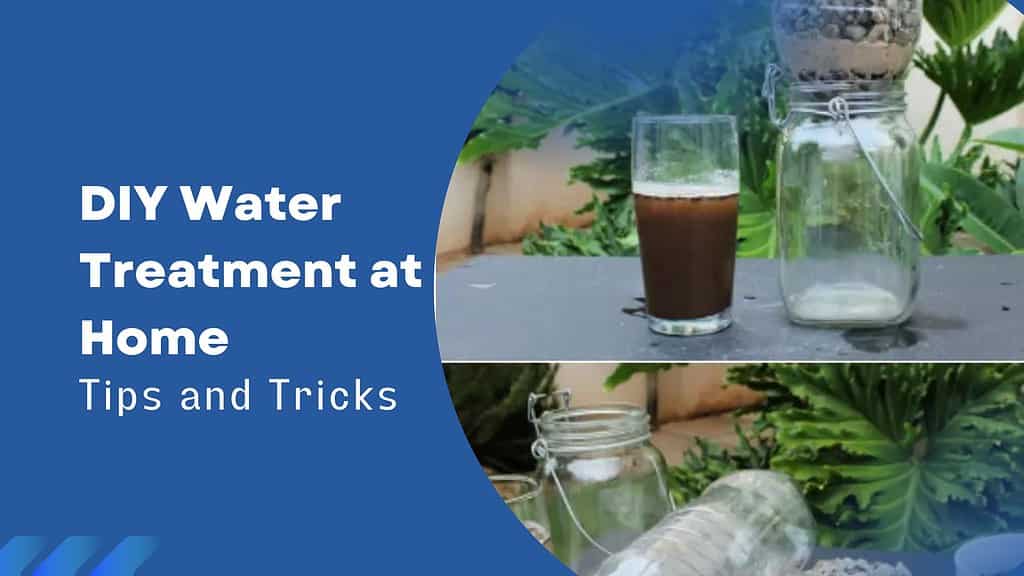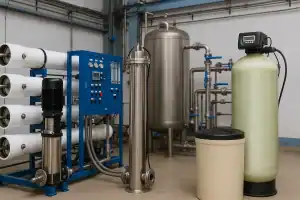How to treat your water by yourself?
Certainly! Here are some DIY water treatment tips and tricks that individuals can use to improve the quality of their water at home:
Boiling:
- Boiling water is one of the simplest and oldest methods to kill bacteria and parasites. Bring water to a rolling boil for at least one minute (or three minutes at higher altitudes) to make it safe for consumption.
Activated Carbon Filters:
- Use activated carbon filters to remove impurities, odors, and bad tastes from tap water. These filters are readily available in various forms, including pitcher attachments and faucet-mounted options.
DIY Charcoal Filtration:
- Create a DIY charcoal filter by placing activated charcoal in a container with layers of fine cloth or sand. Let water pass through this improvised filter to remove impurities.
UV Purification:
- Ultraviolet (UV) light can effectively disinfect water by killing bacteria and viruses. UV purification devices are available for home use, or you can construct a simple UV purifier using a UV-C light bulb.
Solar Disinfection (SODIS):
- Take advantage of the sun’s UV rays by using solar disinfection. Fill transparent bottles with water and place them in direct sunlight for at least 6 hours, allowing solar radiation to kill harmful microorganisms.
Distillation:
- Distill water by boiling it and then collecting the steam. As the steam condenses back into water, impurities are left behind. This method is effective for removing contaminants that have higher boiling points than water.
DIY Water Softening:
- Use citric acid or vinegar to soften hard water. Add a small amount of citric acid or vinegar to a pitcher of water and let it sit for a few hours before using. This helps reduce the mineral content in hard water.
DIY Iodine Treatment:
- Iodine can be used to disinfect water. Add a few drops of iodine solution to water and let it sit for at least 30 minutes before consumption. Note that this method is not suitable for pregnant women or individuals with thyroid conditions.
Copper Ionization:
- Copper has natural antibacterial properties. Store water in a copper vessel overnight to allow the release of copper ions, which can help inhibit the growth of bacteria.
Rainwater Harvesting:
- Collect rainwater using clean containers. While rainwater is generally pure, it’s advisable to filter and treat it further to ensure it meets drinking water standards.
Moringa Seed Powder Clarification:
- Crush moringa seeds and mix the powder with water. Allow it to settle, and then strain the water. Moringa has natural coagulant properties that can help clarify water.
Remember that the effectiveness of these DIY methods may vary, and it’s crucial to understand the specific contaminants present in your water source. Additionally, these methods might not eliminate all types of contaminants, so it’s essential to be aware of the limitations and consider professional water testing if needed. Also contact water treatment company if need any help on consistent water quality





